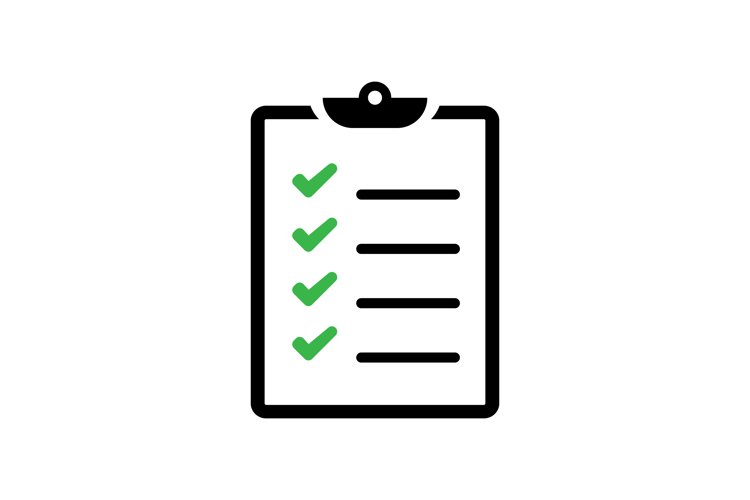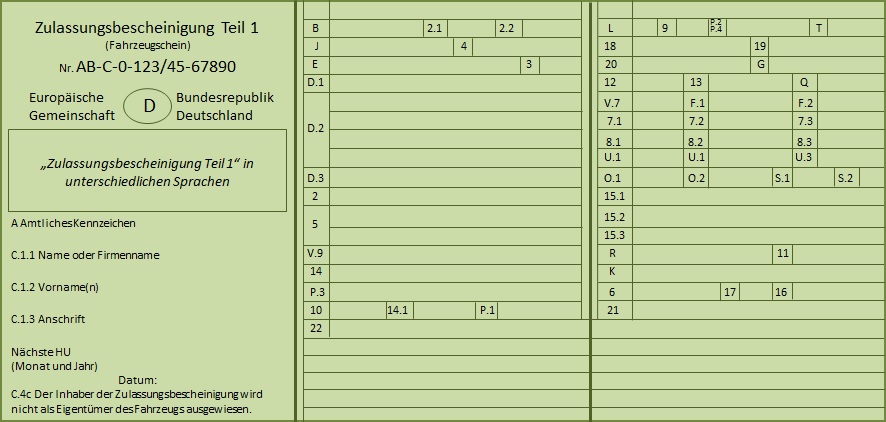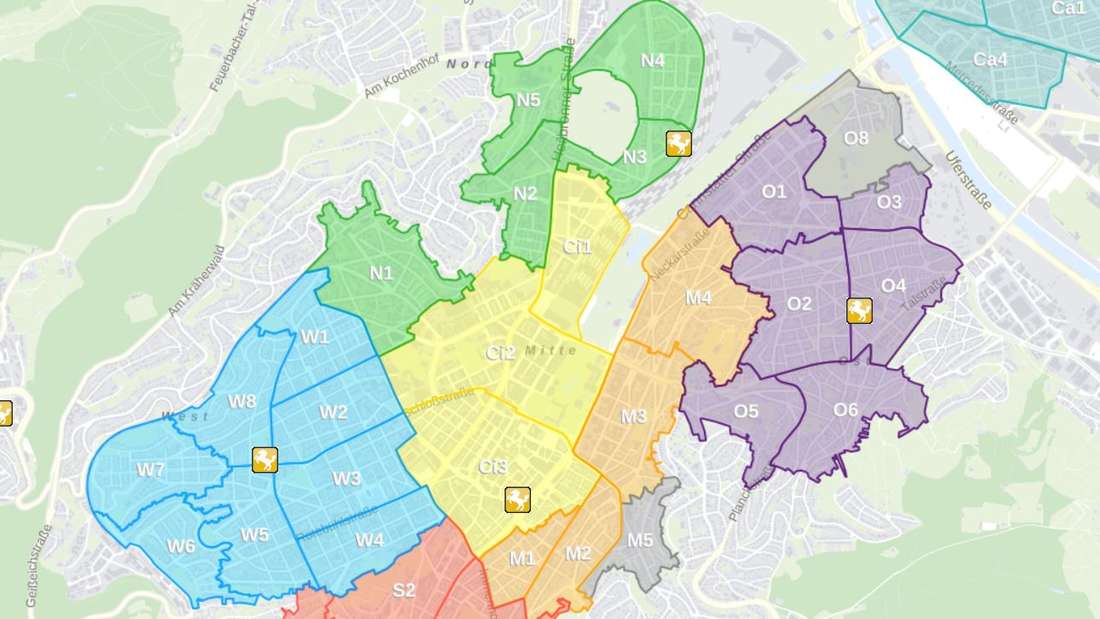How I Bought a Car in Germany as a Foreigner
Buying a car in Germany for the first time can feel like entering a maze. With language barriers, legal paperwork, and sneaky dealers, it’s easy to get overwhelmed. I recently went through the full process myself, from researching to registering, and I’m sharing everything I learned to save you time and stress.
This guide is based on my experience in Stuttgart, but most of it applies across Germany.
1. Finding the Right Car
I started my search on Autoscout24, the go-to platform for used cars in Germany. When browsing listings, I focused on the following:
- Price
- Mileage
- TÜV (technical inspection, valid for 2 years)
- First registration date
- Fuel type and emissions class (important for city driving)
- Performance and size
- Known issues (I searched Reddit for common problems with each model)
For example, I learned that some Hyundai models often have clutch problems, so I knew to ask about that.
You’ll also need to decide whether to buy from a dealer or a private seller. Don’t be fooled into thinking that dealers are a safer option. I recommend speaking to them on the phone before visiting. If they’re rude or evasive, that’s usually a red flag.
2. The Test Drive

When you’ve found a promising car, schedule a test drive. Set aside around two hours: one hour driving/ checking, one hour talking. If possible, bring someone who speaks German or knows about cars, or ideally both.
Before the appointment, I made a detailed checklist to avoid missing anything. You should try to find anything that is broken. Because they may add as a condition that they will fix it for you before they give you the car. This happened to me, I noticed the radio didn’t function properly, and he added that to the contract.
Here are some key things to inspect:
- Ask for the service book and documents
- Take a video of the car
- Brake hard to test the response
- Open all doors and check for rust
- Ask when the tires were last replaced
- Look for white or black smoke from the exhaust
- Test the clutch by shifting to first gear with the handbrake on. The car should start shaking about halfway through
- Listen carefully for any unusual sounds
- Try hills, highways, and bumpy roads. On hills, test the hand brake. On highways, the gears and on bumpy roads the suspensions.
- Go up to at least fourth gear
- Check all lights, windows, air conditioning, and electronics
- Ask about warranty. Dealers often won’t offer one, but you can sometimes negotiate a short-term guarantee
- Never sign a sales contract during the test drive. It can be legally binding even without a deposit
- Ask them for winter or summer tires
In general, be very honest with them. What do you need the car for? Tell them. They are usually more straightforward than you think.
Also ask for all essential documents, including:
- TÜV or Dekra report
- Zulassungsbescheinigung Teil 1 and Teil 2 (registration documents). Teil 2 is the most important document you have. Teil 1 is important but replaceable.
- Certificate of Conformity (COC) for new or electric cars
- Full service history

Tip: If the car hasn’t passed TÜV yet, you can make a deal where the seller agrees to pass it before finalizing the sale.
3. Buying the Car
Once you’ve found the right car, it’s time to make the deal. Here are some important rules I followed:
- Only pay at the end, via online bank transfer in the bank account that matches the name of the person in the Teil 2
- Never pay cash
- Match the seller’s name on their ID to the car documents
- Make a Kaufvertrag (purchase agreement) with correct details
- If there are special agreements (like leaving the car in their garage until you get plates), write it down, both sides should sign it, and include the date
- For the transfer, I used Revolut, which allowed instant payment. I wrote a clear reference message linking to the car’s ID
- Don’t forget to collect all documents and keys
- If Teil 1 (ZB1) is missing, check the glovebox or under the seats. People often leave it in the car by mistake
4. Registering the Car
To legally drive and get the licence plates, you’ll need to register the car at your local Zulassungsstelle (registration office). Bring the following documents:
- Passport or ID
- eVB number (proof of insurance) (see below)
- SEPA mandate (can also be filled out at the office)
- Zulassungsbescheinigung Teil 1 and Teil 2
- TÜV certificate
- Kaufvertrag (sales contract)
- Meldebescheinigung (registration certificate confirming your address)
- Optional: reserved license plate (can also be done at the office)
The whole process cost me around 120 euros. I did it without an appointment: expect to wait at least 45 minutes. Once registered, you can get your plates printed on-site (at some containers) and drive out the same day. For me, it lasted like 1.5 hours.
PS: You do not need to drill the plates. You can simply put them in your car between the surrounding plastic without any tools.
5. Getting Insurance (eVB)
To get your eVB number, use Check24 to compare insurance offers. For budget-friendly and quick approval, I looked at HUK24 and WGV.
There are three types of car insurance:
- Haftpflichtversicherung (Liability)
- Covers damage to others, not your car
- Teilkasko (Partial Comprehensive)
- Adds coverage for theft, weather, broken glass. Good for used cars
- Vollkasko (Full Comprehensive)
- Adds damage to your own vehicle. Best for new or expensive cars
If you’re a foreigner like me, expect to pay a high premium: at least 700 euros per year! (surreal and problematic!) because you won’t have an SF-Klasse (driving experience discount). An SF-Klasse of 5 roughly means that for 5 years of driving you did not make any claims.
In Germany, insurance is tied to the car, not the driver. Germans often use their parents’ SF-Klasse to get discounts, which we can’t do unless someone is willing to be the main policyholder.
Your SF-Klasse from another country probably won’t transfer. I asked around and confirmed this on various Reddit threads. Some insurers may make exceptions, but it’s rare.
Once your insurance is active, you’ll get your eVB number within a few hours. This is what you need for now to get the licence plates.
From the moment your car is registered, you’re insured even if you haven’t received the invoice yet. Check your insurance if this is true, at least this was the case for my insurance.
6. Parking Permits

If you live in a city, check whether you need a resident parking permit (Bewohnerparkausweis). In my case, it cost around 30 euros per year. I applied online and received it within two working days.
Final Thoughts
That’s the full journey of how I bought, registered, and insured a car in Germany. It was exhausting, it took me in total 3 full days of searching. But now I know the system, and so do you. I hope this post will save you some time in your life to do more creative activities, like reading interviews of musicians (check this one by Devendra Banhart)
My advice? Ask all your questions. Double-check documents. Don’t rush. And always test everything before you sign anything.